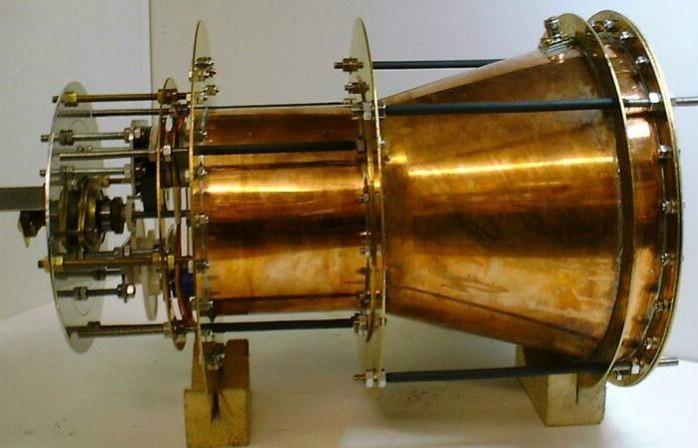
If humans are ever going to attempt interstellar travel, they would have to do it with technology that does not really exist right now. Mere rocket propulsion is not going to cut it. And this is where sci-fi sounding tech comes to play. The EmDrive is one such engine that scientists have put forward as having the potential to make deep space exploration possible.
The problem with such an engine, though, is that it should not work based on basic principles and laws of physics. NASA, however, has in the past, said that such an engine could work, but nobody actually had known how to build EmDrive engines till the Chinese figured it out last year. China Academy of Space Technology (CAST) in September last year announced that they had a working EmDrive engine.
A group of engineers from Germany finally took NASA's theoretical engine to the test and found that it does, in fact, work. They also discovered how a machine that only has acceleration but no exhaust can exist.
EmDrives violate Newton's third law that says when an object moves one way, it should push another in the opposite direction with the same force.
To test this and several other outlandish technologies, the German team is building a test platform, reports ARS Technica. The idea behind this project is that nothing is too silly to not test. For the EmDrive test, the entire rig was placed in a vacuum because the tech is proposed to be used only in space.
Since vacuum has a near one-billionth atmospheric pressure, researchers built an instrument to measure the thrust of the machine.
This entire rig is also automated, notes the report, so all manner of calibrations can be carried out easily. This allows for accurate measurement as well as the possibility of repeating measurements under various conditions, multiple times.
After this was done, the engineers started to build the EmDrive. Using precision machining techniques and polishing, they were able to come up with a precise microwave cavity. The machine they came up with, notes the report, was a lot better than anything that came before it.
Tests that followed showed that the EmDrive was not just science fiction anymore - it actually worked. Also the amount of power used to moved the machine was low, notes the report. By increasing the power, it might be possible to increase thrust, but that has been reserved for a later test. Thrust was delivered in the expected direction, say the scientists.
How then does it work? How does firing off radiation into a copper cone produce thrust? The engineers have a rather unexciting answer - the Earth's magnetic field. More specifically, the cables that carry current to the microwave amplifier are placed along the torsion bar and the current in it would definitely interact with Earth's magnetic field.

















